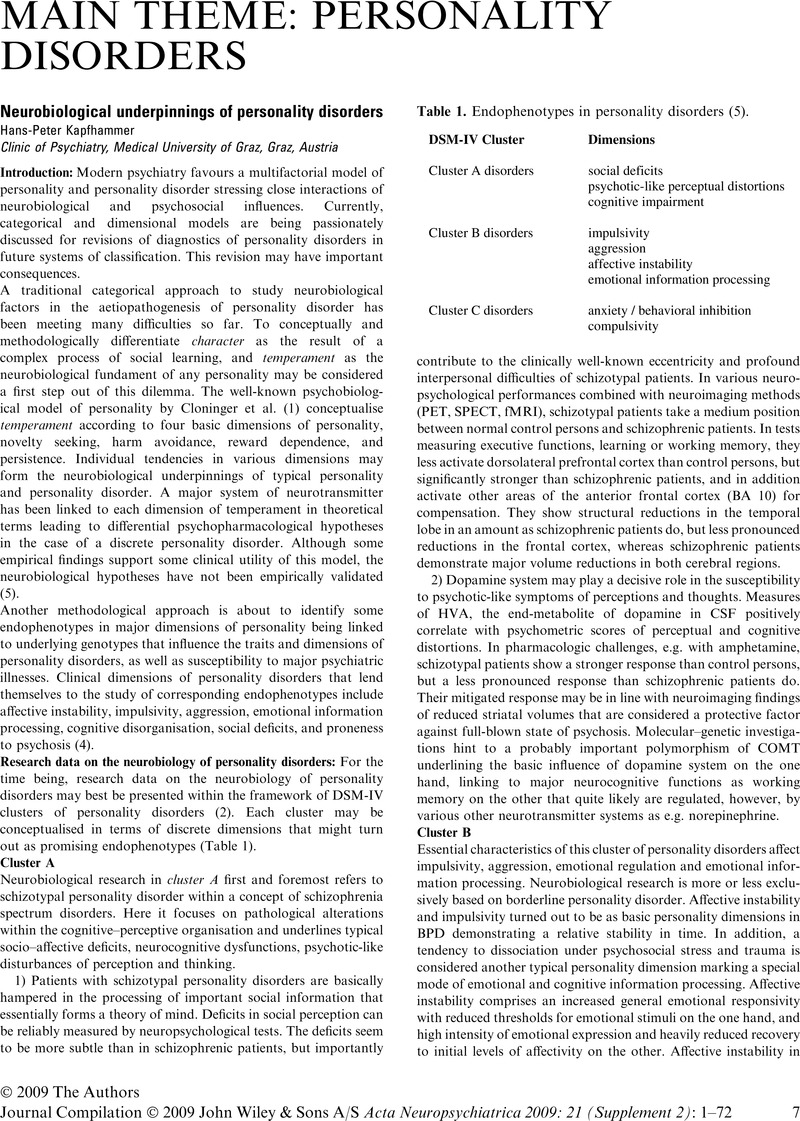Crossref Citations
This article has been cited by the following publications. This list is generated based on data provided by Crossref.
Ma, Guorong
Fan, Hongying
Shen, Chanchan
and
Wang, Wei
2016.
Genetic and Neuroimaging Features of Personality Disorders: State of the Art.
Neuroscience Bulletin,
Vol. 32,
Issue. 3,
p.
286.



